Being Busy VS. Being Productive
As an entrepreneur it’s likely you often find yourself with an ever expanding to-do list, and just when you feel yourself starting to make progress – another thing gets added to the plate that seems impossible to clear. If you’re reading this blog, it’s because you know there’s a difference between being busy and being productive – but you’re not sure how to make the jump from one to the other. When you learn to harness the power of productivity, you make more effective use of your time and give yourself a major advantage that separates the good entrepreneurs from the GREAT.
When we want to make changes, but struggle to do so it’s often because we don’t have a system in place. This blog will help break down the core principles and strategies for effective productivity. Implementing these guidelines will help you make more effective use of your time and “clean your plate.”
Martial arts school owners, we know you have plenty on your plate. 😅 That’s why at Grow Pro Agency, we’ve mastered the art of digital marketing so you don’t have to.

From lead generation to engaging content that speaks directly to your community, we’re here to make your life easier—and your business more successful. Just ask the Pendergrass Academy of Martial Arts, who saw a surge in leads after partnering with us for their marketing.
Ready to see how we can help your school grow? Book a free marketing audit today and let’s kickstart your success!
The Nature of Productivity
Before diving into actionable strategies, let’s clarify what productivity means. Productivity can be defined as the amount of output relative to the amount of input over a set amount of time. When we unpack the meaning of productivity, we begin to see that it’s not just about doing more work; it’s about achieving more in less time. For those juggling multiple responsibilities, such as family and work, the goal is to maximize output while minimizing the time spent.
Cris hosted a webinar with one of her mentors -Dan Martell who shares his proven systems for making the most of your time as an entrepreneur. Give this replay a watch if you want to learn how to Buy Back Your Time and gain more freedom in your business.
Three Core Prodctivity Principles
If you want to improve your productivity, keep these three principles in mind:
1. Personal Growth Drives Career Growth
You cannot advance your career faster than you develop personally. Jim Rohn, a prominent motivational speaker, highlights the importance of focusing on self-improvement. When you invest time in your personal development, you increase your value to your company, leading to greater opportunities and rewards. For business owners, this means prioritizing leadership skills; for team members, it relates to honing their technical skills (teaching, customer service) and time management skills (prioritization of responsibilities and meeting project deadlines).

2. Habits and Routines Matter
Productivity thrives on good habits and routines. Your daily habits should align with the person you aim to become. If you want to get fit, choose a gym that’s conveniently located. Similarly, in your work environment, be sure you have the right tools and technology to facilitate efficiency. The easier you make it to develop good habits, the more likely you are to stick to them.
3. Delegate, Renegotiate, or Eliminate
This may be the hardest of the three principals to master. In order to be more productive, you will need to embrace the power of saying “No.” Too many people spend their time on tasks that do not align with their goals. If you’re not delegating to the point of discomfort, you’re likely not delegating enough. Focus your efforts on tasks that only you can perform, and eliminate those that do not bring you closer to your objectives.
Ninja Tips:
1. Download your FREE copy of The Best Known Dojo to learn about the strategies you can implement to grow your online presence, student count, and revenue.
2. Watch the webinar replay to learn the Organizational Systems for Your School’s Success.
Five Effective Productivity Strategies
We’ve covered the principles of productivity, now let’s explore five strategies that can improve your productivity:
1. The Five Daily Non-Negotiables
This system helps Cris remain consistent in making progress towards her goals and starts her days with the habits that shape her success. Here’s how you can implement it:
- Review your twelve-month goals: Regularly revisit your goals to stay aligned with your vision.
- Break a sweat: Physical activity enhances mental clarity; aim for at least 45 minutes of exercise daily.
- Read ten pages of a nonfiction book: Feed your mind with positive, educational content.
- Post on social media: Share your successes and showcase your values to build a personal brand.
- Make five reach-outs: Connect with others to foster relationships and opportunities.
We Do The Work is Cris’s podcast where she discusses insights she’s gathered throughout her entrepreneurial journey and shares the business systems that can help you thrive. In the episode: Million Dollar Mornings and Evenings Cris unpacks the structured routines that have allowed her to move from reactive to proactive, so she can focus on the tasks that really matter. You can listen to full episodes on Apple Podcasts or Spotify.
2. Time and Energy Audit
Understanding where your time and energy go is a game-changer. Track your daily activities in 15-minute increments for two weeks. This will help you identify tasks that should be delegated or eliminated. Additionally, assess your energy levels throughout the day to schedule high-impact activities during your peak periods.

3. Focus on the Right Work
Utilize tools to prioritize effectively:
- Job Descriptions: Clearly define responsibilities to ensure alignment with your tasks.
- The Eisenhower Matrix: Categorize tasks by urgency and importance to determine what to focus on.
- Bookending Your Days: Establish morning and evening rituals to create clear boundaries between work and personal time.
- Weekly Reviews: Spend time reflecting on your week to improve future performance.
4. The Three Planning Lists
Instead of a never-ending to-do list, create three distinct lists:
- Open List: A collection of ongoing ideas and tasks.
- Closed List: A maximum of ten tasks that you commit to completing within a set timeframe.
- Power List: Your primary focus for the day, limited to five items.
5. Delegation with Playbooks
Here’s the thing, if you never show your team how to do something, how can you expect to delegate a task and get the desired result? When you’re going about your day-to-day responsibilities, get into the habit of documenting your process so you have the tools ready when it comes time to delegate.
To delegate effectively, create playbooks or standard operating procedures (SOPs) that outline tasks clearly. This will make it so the members of your team have a replicable process and expectations associated with a given task. The more detailed you are when creating your playbooks, the more likely your team is to succeed in fulfilling the outlined expectations. If done correctly, playbooks will empower your team members to be more resourceful and get the necessary reps needed to become proficient in their assigned responsibilities.
A good playbook should include:
- A context table at the top for quick reference.
- A video demonstration of the task.
- A detailed course outline of steps to follow.
- A checklist that defines completion criteria.
Ninja Tip: Access the Playbook Template and start building out your first playbook (starting with the processes that are performed the most frequently).

Final Thoughts
To truly enhance productivity, it’s important to “zoom out”, assess your current strategies, and create an effective action plan. By implementing these productivity principles and strategies, you can boost the impact of your efforts – fulfilling your personal and professional goals. Productivity is not just about how much you can do; it’s about working smarter to achieve meaningful outcomes.
We all get 24 hours in a day, but when you have the right systems in place you can get MORE done, in less time. That’s the power of productivity!








